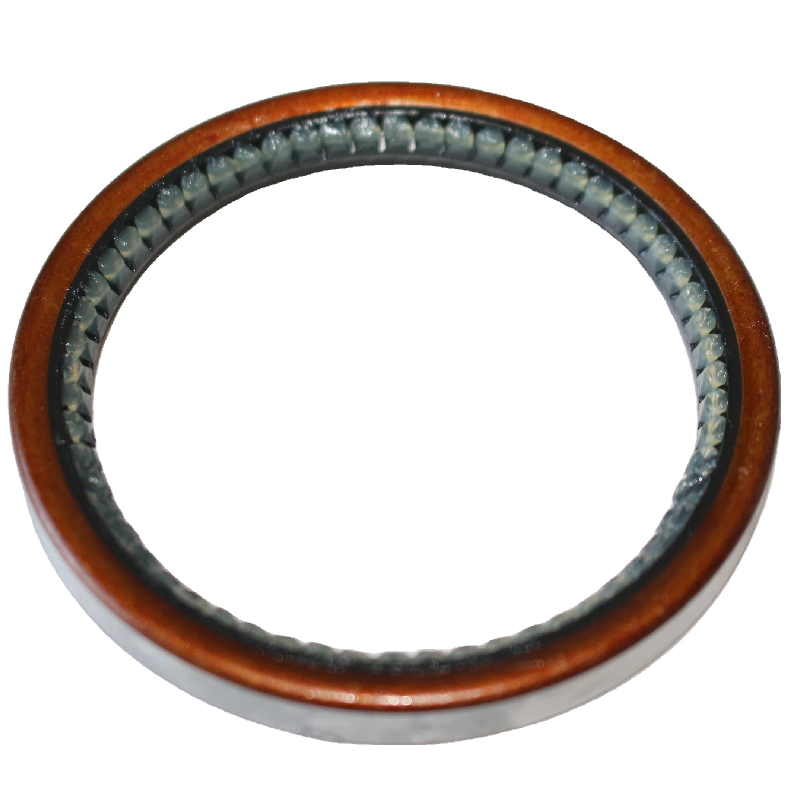Understanding Crankshaft Main Bearing Seals and Their Importance in Engine Performance
Understanding Crankshaft Main Bearing Seals
The crankshaft main bearing seal is a critical component in an internal combustion engine, playing a vital role in maintaining the engine's performance and longevity. Positioned between the crankshaft and the engine block, this seal ensures that the lubrication oil stays within the crankshaft chamber, preventing leakage and contamination while also protecting against dirt and other foreign particles.
The Importance of the Crankshaft
The crankshaft itself is a central component of an engine, converting the linear motion of the pistons into rotational motion, which ultimately powers the vehicle. As the crankshaft rotates, it experiences a tremendous amount of forces and movements, which can cause various types of wear and tear over time. This is where the main bearing seals come into play.
These seals are designed to handle the high pressure and temperature that are characteristic of engine operation. A well-functioning main bearing seal will keep the engine oil contained, ensuring adequate lubrication of the crankshaft bearings. This lubrication is essential for minimizing friction and wear between moving parts, enhancing overall engine efficiency.
Types of Main Bearing Seals
There are primarily two types of crankshaft main bearing seals traditional rope seals and modern rubber lip seals.
1. Rope Seals Traditionally used in older engines, these are made of braided fiber material. Despite their robustness, rope seals can be prone to leakage if not installed correctly and require specific techniques for proper sealing.
crankshaft main bearing seal

2. Rubber Lip Seals Most modern engines use rubber lip seals that are designed to be more effective and easier to install. These seals have a lip that presses against the crankshaft, creating a tight seal that effectively prevents oil leakage. They are generally more reliable than rope seals, offering better performance under various engine conditions.
Symptoms of a Failing Main Bearing Seal
A failing crankshaft main bearing seal can lead to several symptoms that indicate it needs attention. Common signs of wear or failure include
- Oil Leaks One of the most obvious signs is the appearance of oil spots under the vehicle or oil accumulating around the crankshaft area. - Low Oil Levels If the engine oil level frequently drops without a clear cause, it might indicate a leak due to a failing seal. - Engine Noise Insufficient lubrication due to oil leaks can result in increased friction, causing unusual noises from the engine. - Excessive Smoke In some cases, burning oil due to leaks can lead to visible smoke from the exhaust.
Maintenance and Replacement
Regular maintenance is crucial to extend the life of the crankshaft main bearing seal. Regular oil changes, along with inspections for any signs of oil leaks or wear, can help identify issues before they escalate. When it comes time to replace a seal, it's typically a labor-intensive process requiring the disassembly of components surrounding the crankshaft, which is why professional service is often advisable.
In summary, the crankshaft main bearing seal is not merely a small part of the engine; it's an integral element that contributes significantly to the performance and reliability of the engine. By understanding its function, being aware of the signs of failure, and adhering to regular maintenance routines, vehicle owners can ensure their engines operate smoothly and efficiently for many years. Proper care of this component can lead to long-term savings and a more reliable vehicle, making the crankshaft main bearing seal a key area of focus for engine health.
-
The Ultimate Guide to Boat Propeller Bearings and Trailer Wheel Bearings
News Jul.31,2025
-
The Essential Guide to Marine Bearings and Boat Trailer Wheel Bearings
News Jul.31,2025
-
The Complete Guide to Heavy Duty Seals: Protecting Doors and Spaces Efficiently
News Jul.31,2025
-
Essential Guide to Marine Shaft Bearings and Boat Trailer Axle Bearings
News Jul.31,2025
-
Comprehensive Guide to Marine and Trailer Bearings for Safe Boating and Transport
News Jul.31,2025
-
Comprehensive Guide to Automotive Oil Seals: Protecting Your Engine and Shafts
News Jul.31,2025
-
Understanding Automotive Oil Seals: Essential Components for Engine and Shaft Protection
News Jul.30,2025
Products categories















